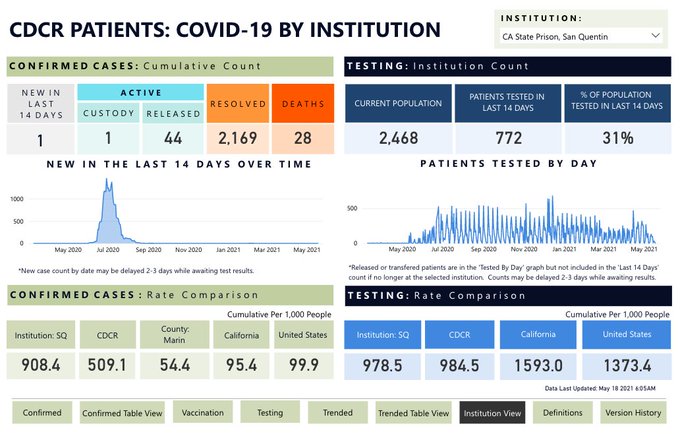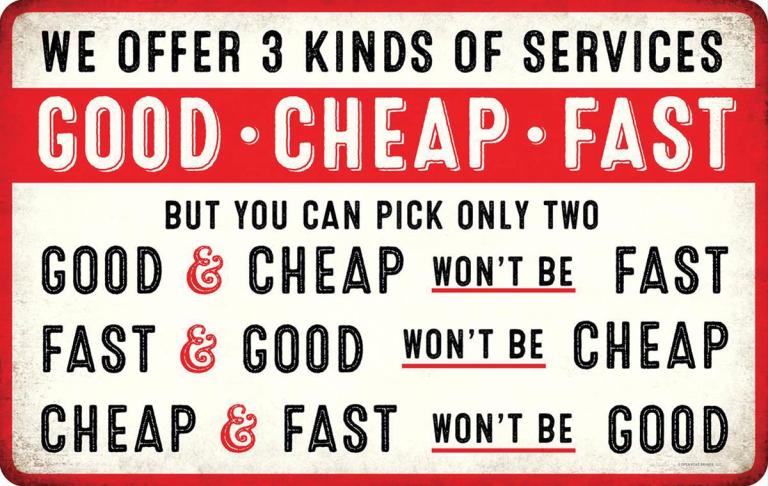I’m halfway through my certification in plant-based nutrition through the T. Colin Campbell Center for Nutrition Studies and eCornell. Even though I knew a lot about nutrition, the certification has provided in-depth information about issues I was fairly muddy about, such as insulin resistance, the connection between nutrition and heart disease, and nutrition-related factors in cancer growth and remission. Our instructors, including T. Colin Campbell himself, his son Thomas Campbell, cardiologist Caldwell Esselstyn, doctors David Jenkins (developer of the glycemic index concept) and Michael Greger (of NutritionFacts.org), and some environmental and legal figures, all tout–and with good reason–a whole-foods, plant-based (WFPB) diet. They strongly recommend eschewing animal products, added oils, and processed food, and constructing one’s meals of vegetables, fruit, tubers (starchy vegetables), whole grains, and beans. They marshal considerable evidence to undermine the protein craze and counter the carbohydrate-maligning trend. It is interesting and eye opening, not least in the personal sense: as some of you know from Twitter, the pandemic stresses, exacerbated by the many hours I’ve spent (and continue to spend) on the COVID prison crisis, produced a dangerous dip in my health. Knowing what I know now about susceptibility to heart disease, I’m realizing that the amount of stress I was in, plus the pattern of stress eating I developed during the pandemic, put me at serious risk of a heart attack out of the blue, even with no apparent history of heart issues. For the last month and a half, I’ve been working on dramatic improvements to my lifestyle, including a longer and more varied daily meditation practice, a WFPB diet, and daily exercise (mostly in the form of walking.) I’m already seeing astonishing results and my scary health outcomes have dramatically reversed themselves.
Which is why, I think, it is important to direct the WFPB message to vegans as well as animal product consumers. I’ve noticed that most of the advocacy and success stories focus on people who, prior to their conversion to a WFPB diet, ate what they refer to as SAD (the standard American diet), full of fats and animal products. A far less examined issue is the fact that one can eat very poorly on a vegan plan. The messaging is that a vegan diet is “good for you, the animals, and the planet”, but no meaningful distinctions are made between these goals. There are, of course, guidelines on how to choose among plant foods, but the message isn’t making it to the environmental and animal rights communities. In my years in animal activism I’ve encountered an enormous amount of disdain toward health food and almost a reverence for vegan convenience foods. Once, a friend and I brainstormed how to support a group of committed activists who were starting a new sanctuary farm. I suggested getting them a membership in a CSA that would deliver fresh produce to the farm every week. My friend replied with scorn, “they’re activists, not health freaks” and countered with a proposal to get them a subscription for a vegan snack box. Not a week goes by that I’m not invited to some vegan pop-up or other featuring almost exclusively vegan convenience foods.
The appeal of vegan convenience food has many commonalities with the appeal of animal-based convenience food. We now know a lot about hyperpalatability, namely, the appeal of foods rich in fat, sugar, and salt. To that, we should add some factors unique to the animal protection community: the drive to counter claims of nutritional deprivation made by animal consumers (e.g., “vegan food is no less tasty!”), to celebrate the emergence of more and more realistic animal food substitutes (e.g., “this is a game changer–there’s no reason not to be vegan now!”), the need to support vegan businesses by purchasing and consuming things like vegan snacks, donuts, and fake meats, and the potential to attract people who were daunted by the prospect of a big dietary change to the vegan cause. I know these are all very real thought processes among animal rights advocates because I’ve felt strongly pulled in this direction myself. I feel compelled to patronize small businesses producing delectable, if unhealthy, vegan treats because I want them to replace nonvegan treats–even though it would be far better for me not to consume them at all even in their vegan version. The temptation to listen to the moral voice within–that one is making a morally correct choice by eating vegan, regardless of the healthfulness of the vegan food actually consumed–can silence the important voice of the body communicating distress.
Alas, not all vegan foods are equally healthful, and in order to live longer and healthier lives (which, incidentally, would help us be more effective advocates for animal protection), we should care about our health beyond merely “eating vegan.” After this year, I am living proof that someone can indeed suffer considerable health consequences–an alarmingly high resting heart rate, low blood oxygenation, grogginess, exhaustion, irritability, bloating–on a wholly vegan diet when it is based in large part on convenience foods. And after the last month and a half, I am living proof that these outcomes–resting heart rate, blood pressure, digestive issues, energy, etc.–can be completely reversed by eating a WFPB diet, coupled with a mindfulness practice and exercise.
There is no doubt in my mind that the WFPB diet is crucial in fostering optimal health. The problem is time/money. Those of you who have heard me talk about a variety of subjects, ranging from bail reform to the death penalty, know how much I like to use the classic “contractor triangle”: good, fast, and cheap. When renovating or fixing up a home, a contractor will draw a triangle, put those three words in the corners, and tell the client, “pick two.” You can have fast and cheap, but it won’t be good; you can have good and cheap, but it won’t be fast; you can have good and fast, but it won’t be cheap.
The same applies to diets. You can eat fast and cheap vegan food, and there’s plenty of advice out there on how to do it, but you’ll end up eating a lot more tacos and french fries and much fewer salads than is good for you. You can eat good and fast vegan food, which can happen through the myriad food delivery and meal preparation services on the market such as Thistle and Purple Carrot, but it won’t be cheap. You can eat good and cheap vegan food, by buying produce and cooking your own meals; as blog readers know, that’s mostly what I do, but even when the meal itself is not elaborate or time consuming to prepare, it does require weekly planning of the family grocery trip and, often, batch cooking, and in that sense is not something you can spontaneously pull out of your sleeve on a regular basis. It is also precisely the sort of extra labor that will go out the window when one is stressed out and pressed for time, which is what happened, far too often, in the last year or so in my case.
The way I see it, there are two interrelated, but distinguishable, challenges in making a WFPB diet accessible to a wider swath of people: the economic battle to make good, healthy food accessible and banish food deserts, and the educational battle to persuade people that plant-based eating is good for them and teach them how to cook and eat vegetables. Both of these concerns apply to vegans as much as to meat eaters, and perhaps even more so, because vegans who are weary of making their own food are celebrating a bounty of new substitutes. I think the health benefits are worth it, but I’m also well aware that folks facing real financial hardship, balancing jobs and families, and taking into account different dietary preferences at home on top of everything else are having a rough time and might not have the bandwidth to prioritize their health the way they would if, say, a private WFPB chef were cooking for them.
This is why I think that the problem of nutrition deficiencies will not fully resolve itself until we make big strides toward more economic equity and less servitude to workplaces. More life-work balance is crucial to give people the space to care for their family’s nutrition the way they should. Education about the benefits of the WFPB diet must come coupled with easy and convenient access to reasonably priced produce. Since moving to the U.S., it has always driven me nuts to see that packaged foods here are often less expensive than fresh produce–the pyramid is inverted in Israel, and it shows. At my certification course, experienced food lawyer Michele Simon (a UC Hastings grad!) explained the political pressures from the meat and dairy lobbies and talked about the need to lobby harder for vegan foods (she’s walking her talk with the Plant Based Food Association). I wish there was more lobbying on behalf of fruit and vegetables, which are truly the cornerstone of health. If I sound a bit evangelical about this, it is because the transformation in my health has been magical, and all there was to it was vegetables, fruit, and walking. If you can move yourself in that direction, I can’t recommend a better investment in yourself; and we should continue to collectively move society in that direction, so that it is easier for individuals to make better choices.





